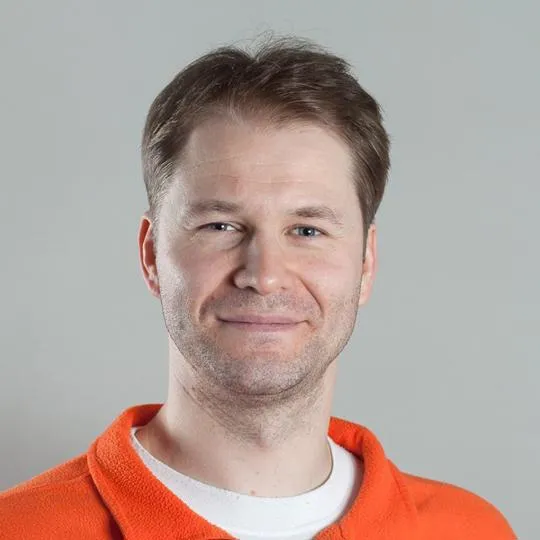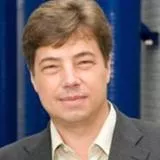Please note: this event has passed
Join Professor Rachel Grange from ETH Zürich for a Light & Matter Seminar entitled 'Nonlinear nanomaterials for electro-optic and quantum devices'
Nonlinear and electro-optic devices are present in our daily life with many applications: light sources for microsurgery, green laser pointers, or modulators for telecommunication. Most of them use bulk materials such as glass fibres or high-quality crystals, hardly integrable or scalable. Even the fast developments of thin film lithium niobate face the challenging etching of metal-oxides1. Therefore, the quest for a non-centrosymmetric material system, easy to fabricate and to scale up while maintaining its functionality is still ongoing2. Here we will present our recent advances in top-down fabrication of lithium niobate metasurfaces3 and bottom-up assemblies of randomly oriented nanocrystals to produce electro-optic, nonlinear and parametric down conversion signals. Barium titanate metalenses synthesized by a sol-gel technique will be demonstrated. We will also generate photon pairs from free-standing lithium niobate microcubes4 and III-V nanowires at the telecommunication wavelength.
Some recent articles from the group:
- Pohl, D. et al. 100-GBd Waveguide Bragg Grating Modulator in Thin-Film Lithium Niobate. IEEE Photonics Technol. Lett. 33, 85–88 (2021).
- Vogler-Neuling, V. V. et al. Photonic Assemblies of Randomly Oriented Nanocrystals for Engineered Nonlinear and Electro-Optic Effects. ACS Photonics 9, 2193–2203 (2022).
- Weigand, H. et al. Enhanced Electro-Optic Modulation in Resonant Metasurfaces of Lithium Niobate. ACS Photonics 8, 3004–3009 (2021).
- Duong, N. M. H. et al. Spontaneous parametric down-conversion in bottom-up grown lithium niobate microcubes. Opt. Mater. Express 12, 3696–3704 (2022).
Biography
Rachel Grange is an associate professor in integrated optics and nanophotonics in the Department of Physics at ETH Zurich. From 2011 to 2014, she was junior group leader at the Friedrich Schiller University in Jena, Germany. Her research covers material investigations at the nanoscale, top-down and bottom-up fabricated nanostructures with metal-oxides, mainly lithium niobate and barium titanate.
How to join:
Those external to King's should email photonics-nano@kcl.ac.uk to gain access to the building.


